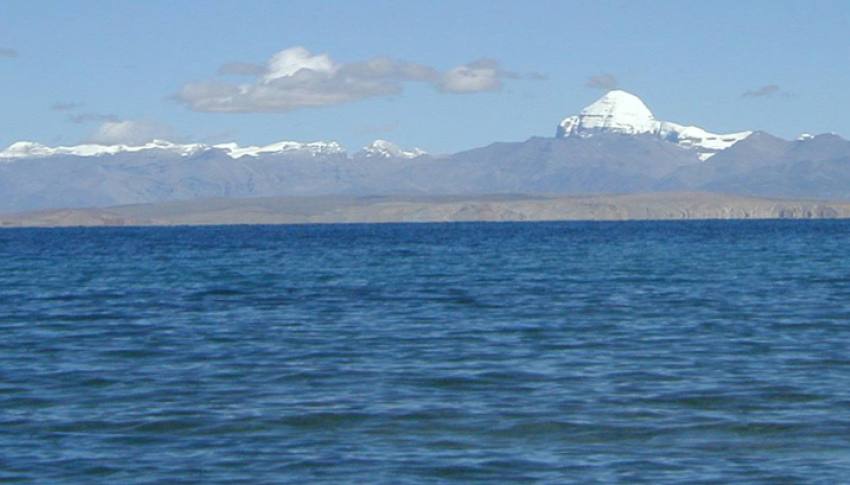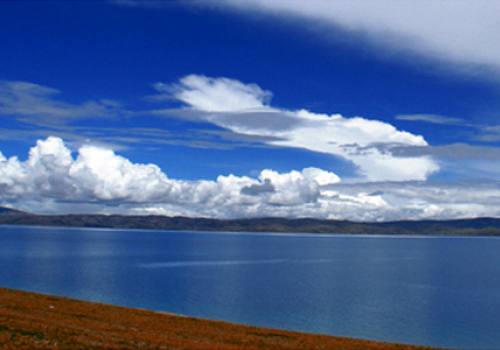Holy Kailash Tour
Trip Facts
-
Trip Duration 18 Days
-
Destination Tibet
-
Trip Grade Moderate
-
Transportation NA
Mt. Kailash (22028 Feet), considered to be a physical embodiment of the mythical Mt. Meru, is believed to be the most sacred mountain in the world. Its snow dusted rock pyramid is located in the scenically rich area of western Tibet, which lies between the Himalayas and Karakurum ranges. From its peak, one can enjoy the views of Afghanistan, Pakistan, India, and Nepal. It is considered most auspicious to make a religious pilgrimage around its fifty-three kilometres circuit (32 miles parikrama).
In fact, the entire region of Mt. Kailash is of important religious significance and includes the two turquoise-blue, pristine high-altitude lakes of Mansarovar and Rakshesa. Mt. Kailash is regarded holy by followers of several religions. To Hindus, Kailash is the abode of Shiva and nearby Manasarobar Lake, the soul of Brahma. Tibetans call Kailash Kang Rimpoche. Jains worship it as Mt Ashtapada, the peak from which the religion's founder, Rishabanatha, achieved spiritual liberation. And the followers of Bon-Po, the ancient pre-Buddhist shamanistic religion of Tibet, revere Kailash as the soul of Tibet.
Another uniqueness contributing to the mystical aspects of Kailash is that four most sacred rivers of the Indian sub-continent begin from here - Sutlej, Karnili (a major tributary of the Ganges), Brahmaputra and Indus. The end of these rivers are more than 2,000 kilometres apart, yet they all have their source within hundred kilometres of Mt. Kailash. Nature lovers can encounter numerous unusual species of birds, wildlife, and flora here. This holy region is known as navel (center) of the universe, attracting scholars and researchers from all over the world. Mt. Kailash (also known as the 'Sumeru Parbat' in Hindu epics) provides a spiritually enriching, naturally unique and a truly rewarding journey of a life-time!
Cost Includes
- Airport transfers in Kathmandu
- Tibet Visa and Travel Permit.
- Twin Sharing accommodation at Star category Hotel in Kathmandu with all meals
- One half-day sightseeing tour of Kathmandu valley
- Insurance for Nepalese crew.
- All necessary organisational requirements.
- All Entrance fees
- Transportation Kathmandu / Tibet Border / Kathmandu by private vehicle
- Guest House/Camping arrangement supported by Nepalese Sherpa crew
- Full board Vegetarian Meal from Manasarovar to Darchen. Accommodation with BB plan in other parts.
- Hiring charge of Sleeping Bags
- All transportations by Toyota Land cruisers (4 wheel drive) on 4 sharing basis
- Supporting truck
- Applicable entrance fees to visit Monasteries
- Special Kailash Parikrama Permit
- One down Jacket to each pilgrim on returnable basis plus Certificate on successful completion of Holy Yatra which retains nostalgic memories even years after undertaking this once-in-a-lifetime pilgrimage tour
- Gamow bag & Oxygen
Cost Excludes
- Emergency evacuations/Rescue, if required.
- Expenses of personal nature
- Yak for personal riding during Parikrama
- Necessary Yak & Yak men for Kailash Kora
- Airfare to Kathmandu & back
- Travel & Medical Insurance Permissions and other official formalities












